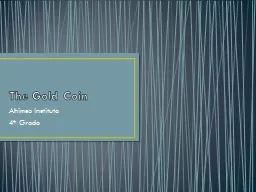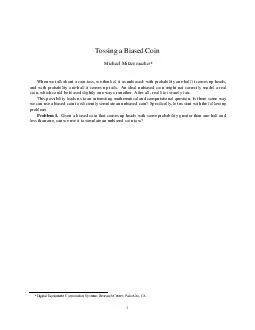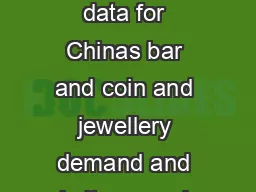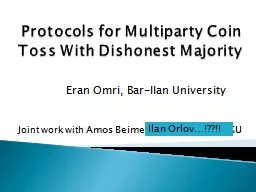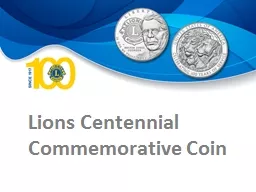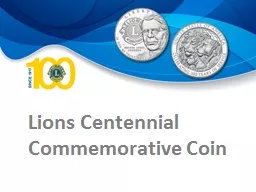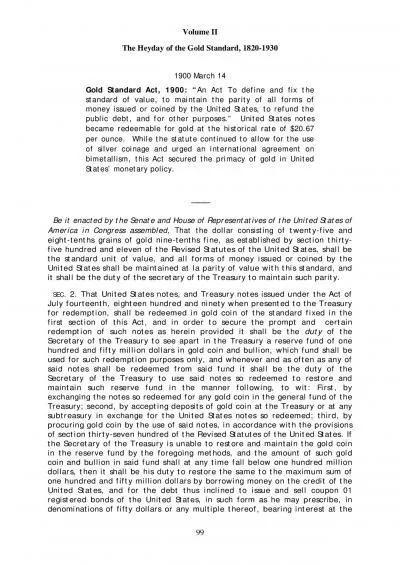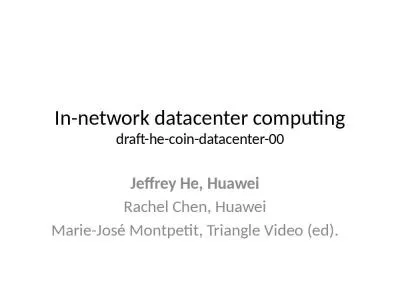PPT-The Gold Coin Ahimsa Institute
Author : giovanna-bartolotta | Published Date : 2018-10-30
4 th Grade Timeline in The Gold Coin Day Action Result 1 night Juan sees the gold coin Begins to plan how to steal 1 day Juan follows Dona Josefa and hoes potatoes
Presentation Embed Code
Download Presentation
Download Presentation The PPT/PDF document "The Gold Coin Ahimsa Institute" is the property of its rightful owner. Permission is granted to download and print the materials on this website for personal, non-commercial use only, and to display it on your personal computer provided you do not modify the materials and that you retain all copyright notices contained in the materials. By downloading content from our website, you accept the terms of this agreement.
The Gold Coin Ahimsa Institute: Transcript
Download Rules Of Document
"The Gold Coin Ahimsa Institute"The content belongs to its owner. You may download and print it for personal use, without modification, and keep all copyright notices. By downloading, you agree to these terms.
Related Documents

